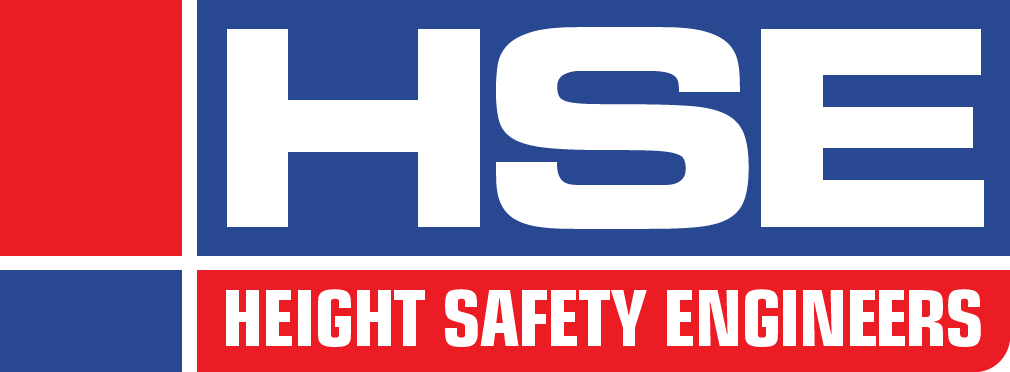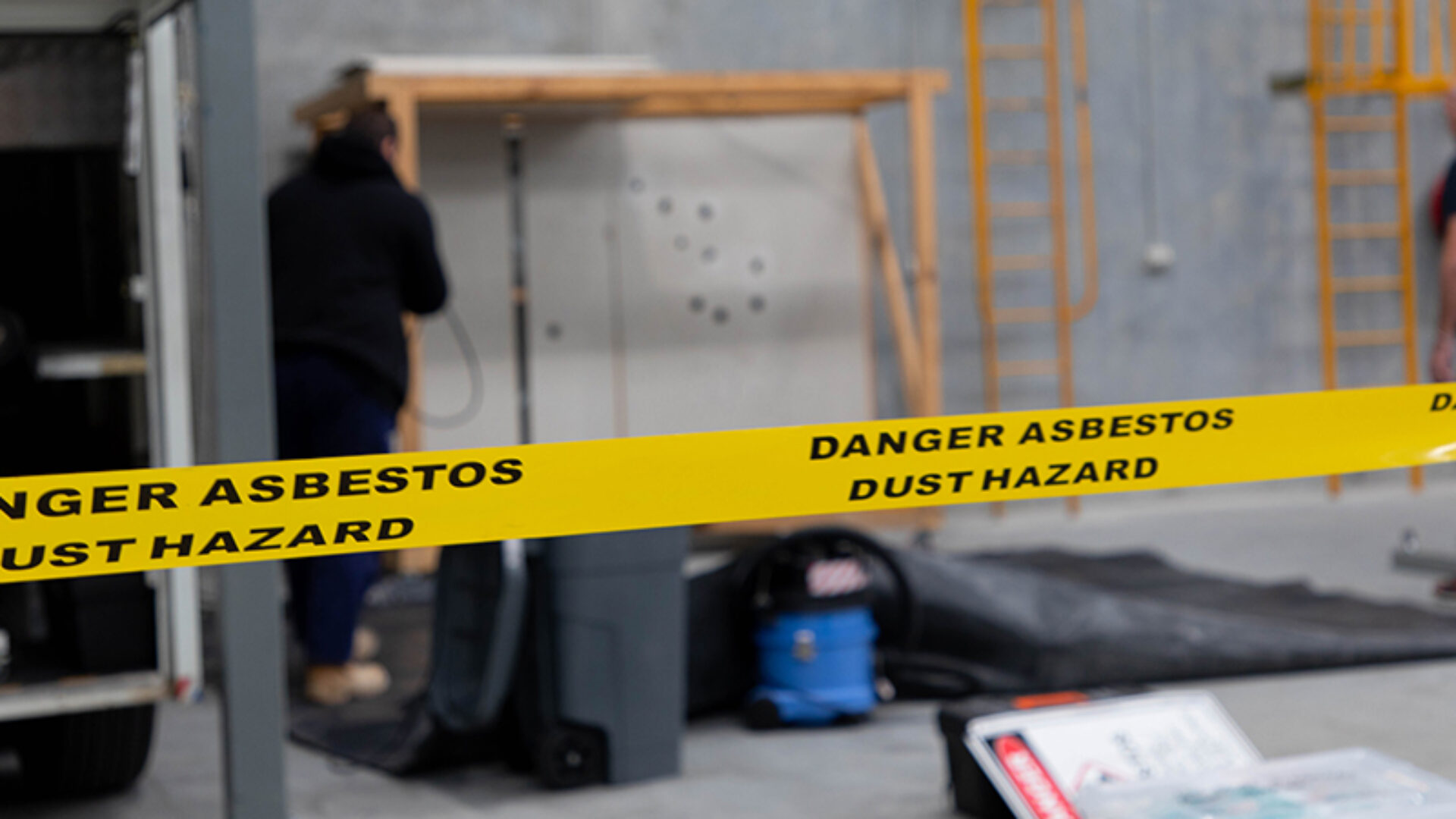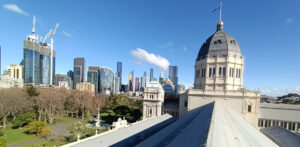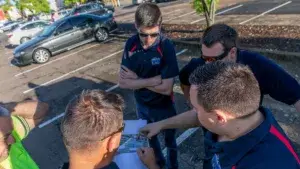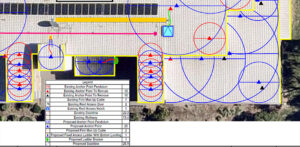Changes to asbestos removal regulations in Queensland reclassify some materials as friable asbestos.
The Queensland government has announced that starting on Saturday, 1 May, low density asbestos fibre board (LDB) will be classified as a friable asbestos material. Removal of LDB can only be undertaken by those with a class A asbestos removal licence in that state.
Low density asbestos fibre boards are commonly found in buildings erected between 1950 through to the 1970s. Use of LDB was mostly discontinued in the early 1980s. It is commonly found in floor and wall panels of residential, commercial and education facilities from that area.
As with most asbestos, LDB poses little risk to health if left undisturbed.
It was commonly sold under the brand names “Asbestolux” and “Duralux”.
What is low density asbestos fibre board (LDB)?
Low density asbestos fibre board is an asbestos product, like asbestos cement (AC) board, but with a different construction that made it softer.
It was made with up to 70 per cent asbestos fibres by volume, using mostly brown (amosite) and white (chrysolite) asbestos with calcium silicate plaster used to bond the material together.
The softer nature of LDB means that, when disturbed, it tends to bend, dent or break more easily that AC products. This can result in an increased likelihood that the asbestos fibres contained within the sheets with become airborne. Airborne asbestos fibres can pose a grave health risk if inhaled.
How can I identify LDB?
Anyone working in areas where asbestos products are likely to be found must having training to be able to identify the presence of asbestos, and the type of asbestos containing material it may be.
The nationally accredited course for this is 10675NAT Course in asbestos awareness. This training course teaches participants how to identify areas of asbestos and provides instruction in the procedures that should be followed to report the contamination as well as general principles of health and safety to observe when dealing with asbestos.
10675NAT Course in asbestos awareness does not provide participants with a licence to modify, work on, remove or otherwise disturb asbestos containing materials including asbestos cement board and LDB.
I only need to modify, not remove LDB. Do I still need a licence?
No, you don’t. For a specific range of tasks, work can be undertaken on LDB without needing a class A asbestos removal licence. These tasks include:
- Repairing damaged LDB
- Painting LDB
- Drilling a hole in LDB
- Moving LDB ceiling tiles
- Installing or removing fixtures or fittings
While this work does not require an asbestos removal licence, workers are still required to be trained in correct handling of asbestos, including:
- Identifying asbestos and LDB
- Correct use of personal protective equipment (PPE)
- Decontamination of tools, the work location and PPE
- Transport and disposal of asbestos waste.
At Height Safety Engineers, we recommend anyone undertaking work that could potentially involve disturbing asbestos complete 10852NAT Course in working safely with asbestos containing materials.
This course covers all the above skills, as well as providing instruction in:
- Shadow vacuuming, and
- Correct drilling techniques
What is the difference between friable and non-friable asbestos?
Asbestos materials are classified into two groups: non-friable and friable.
Non-friable asbestos materials are generally a mix of asbestos fibres and a bonding compound. They cannot be crumbled, pulverised or reduced to powder by hand when dry.
Most asbestos sheeting found in residential cladding (AC board) is non-friable asbestos.
Friable asbestos is the opposite. It is asbestos material that can be reduced to powder or crumbled by hand. This makes it vastly more likely to release asbestos fibres into the air.
In many cases, non-friable asbestos can become friable as it degrades, is damaged and erodes. It is the tendency for LDB to become friable over time that has led the Queensland government to implement the changes in asbestos removal regulations.
What are the different types of asbestos removal licence?
Like asbestos containing materials, asbestos removal licensing comes in two forms: class A and class B.
A class B licence allows a worker to remove more than 10 square metres of non-friable asbestos containing material and any dust or debris associated with the removal.
A class A licence allows the removal of any amount of friable asbestos material. This work, however, must be completed under the supervision of a nominated supervisor.
I want to talk to an expert about asbestos safety training
The experts at Height Safety Engineers are happy to provide you all the advice and information you need about the asbestos training options that are available.
We regularly run courses in:
- 10675NAT Course in asbestos awareness
- 10852NAT Course in working with asbestos containing materials, and
- CPCCDE3104 Remove non-friable asbestos
Contact us today by calling 1300 884 978 or email enquiries@heightsafety.net.
You can learn more about the range of workplace safety service provided by HSE on our website.
